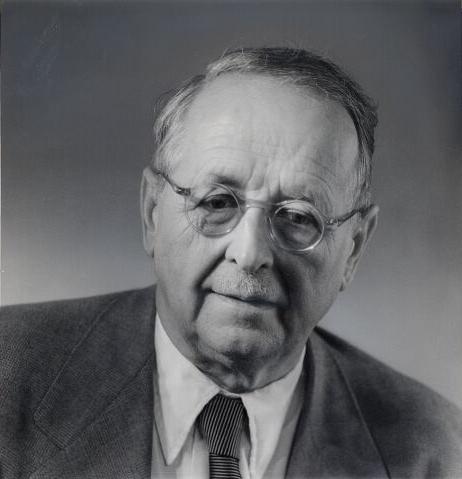
In 1928, the equations of British physicist Paul Dirac helped to describe the workings of the subatomic particles known as fermions. Within a year, other theorists – including a contemporary and schoolmate of Einstein’s named Hermann Weyl – had come up with solutions to Dirac’s equations that meant two other, quite odd types of fermions might also exist.
Proving them right would take some time, and Weyl’s quasiparticle assumed a kind of legendary status until 2015, when three separate teams confirmed its existence (my article says two, but a third popped up after I wrote it). Read on to find out more about this “ghost particle” and how it could transform electronics.
Meet Weyl, the Massless Particle That Could Upend Electronics


